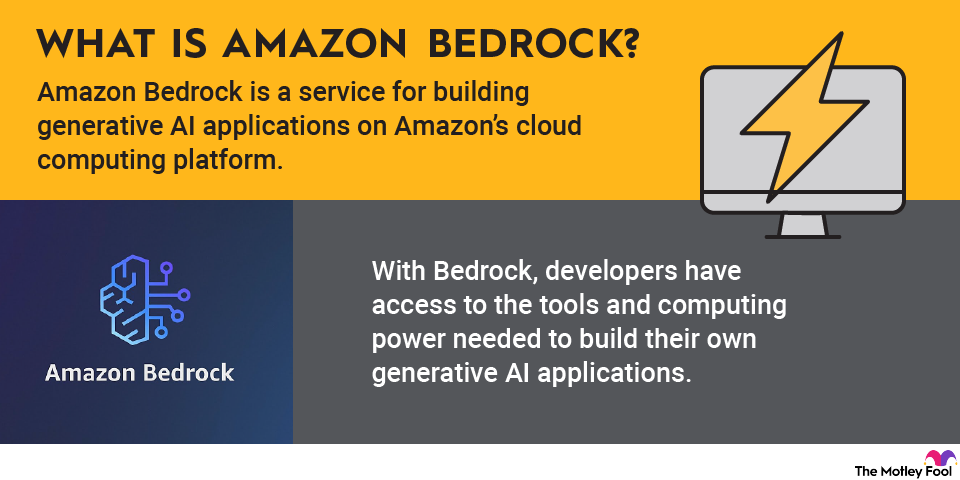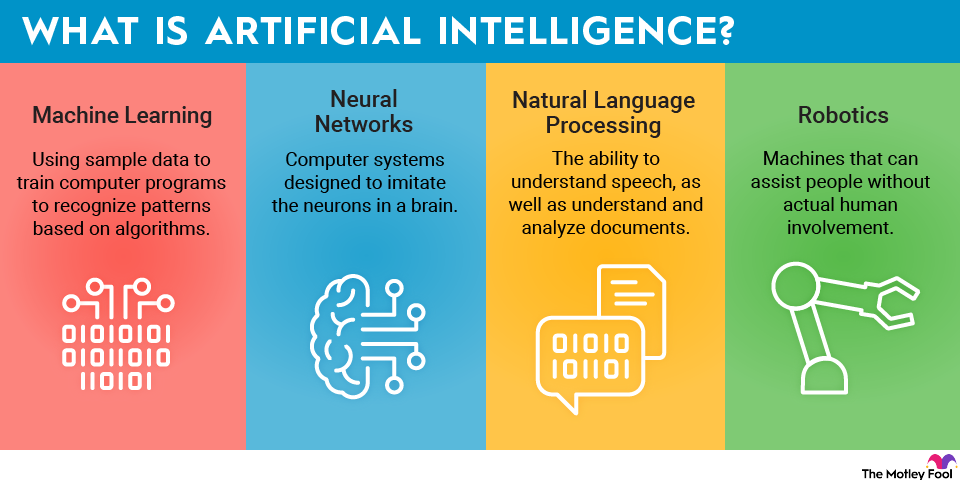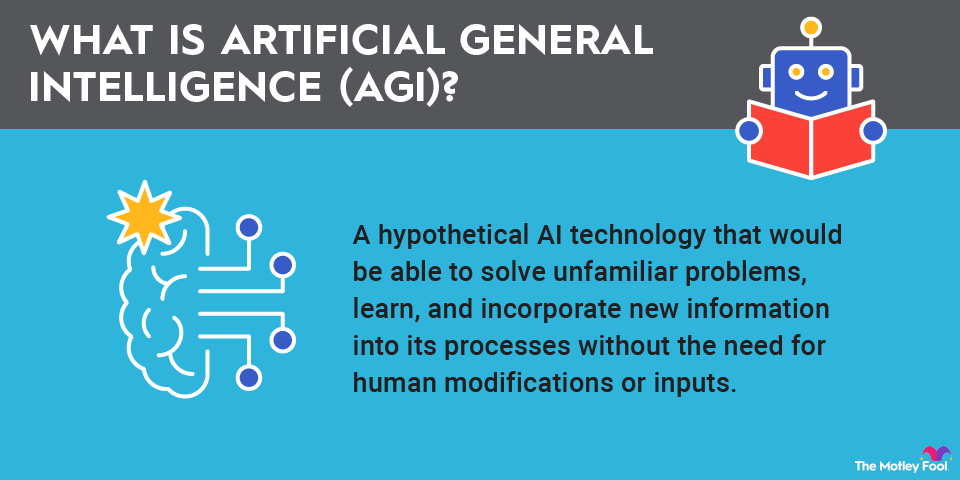AWS, or Amazon Web Services, was born from Amazon's (AMZN +0.45%) own IT challenges as it scaled its operations. In the early 2000s, Amazon realized that its massive data sets and complex software infrastructure were becoming too cumbersome and costly to manage, hindering innovation and deployment speeds. This led to a shift toward breaking down its infrastructure into smaller, independent services that could be shared and reused internally. These internal efforts, initially intended for internal use, eventually evolved into the public-facing cloud services we know as AWS.

Amazon adopted a service-oriented architecture, breaking down its monolithic software into smaller, more modular, and independent services. This process involved decoupling services, meaning that each service could operate independently of others, allowing for easier maintenance, deployment, and scaling.
Initially, these services were intended for internal use within Amazon, but they eventually became available to external customers as AWS. The first official Amazon Web Services launched in 2006, laying the foundation for the cloud computing platform.
What is Amazon Web Services (AWS)?
Amazon Web Services, or AWS, is among the world's most comprehensive and broadly adopted cloud platforms. AWS allows users to build and run applications without upfront costs or commitments. AWS offers over 200 services, covering various aspects of modern computing, from data storage and databases to Internet of Things (IoT) and machine learning.
AWS provides scalable solutions that can adapt to changing business needs, allowing users to grow their applications without having to worry about infrastructure limits. The platform is also playing a significant role in propelling the continued artificial intelligence boom. AWS has a global network of regions and availability zones, ensuring that applications can be deployed and scaled in various locations around the world.
What is Amazon Web Services (AWS) used for?
Amazon Web Services is used by a vast and diverse range of companies and organizations, including major players in technology and entertainment, as well as government clients. It allows organizations to build and run applications with pay-as-you-go pricing, offering flexibility and scalability. AWS services are utilized for various purposes, including storage and backup, hosting websites and applications, enabling gaming experiences, supporting mobile and social applications, and facilitating big data management and analytics.
AWS offers a variety of virtual machines and other computing resources that can be used for running applications, processing data, and handling workloads. AWS also provides diverse storage options, enabling organizations to store and retrieve data efficiently.
What is Amazon Web Services (AWS) doing with AI?
AWS provides a range of pre-trained artificial intelligence (AI) services that can be readily integrated into applications without requiring extensive machine learning expertise. For example, Amazon Rekognition enables developers to analyze images and videos without machine learning experience, while Amazon Lex allows developers to build conversational interfaces for applications using both voice and text. Amazon Lex uses the same deep learning engine that powers Amazon Alexa.
Amazon Bedrock is a fully managed service that simplifies building and scaling generative AI applications. Then there's Amazon SageMaker, a service that provides a comprehensive suite of tools for building, training, and deploying machine learning models at scale.
AWS offers specialized infrastructure optimized for AI workloads, including its custom AI chips such as Trainium and Inferentia. AWS Trainium is an AI accelerator chip designed specifically for training deep learning models, especially large language models (LLMs). AWS Inferentia is a custom-designed machine learning chip specifically for accelerating AI inference, which is the process of using a trained AI model to make predictions or generate new content based on unseen data.
Services like AWS App Studio are incorporating generative AI to expedite development processes by generating applications from natural language prompts.
Related investing topics
Amazon Web Services (AWS) in the real world
Companies around the world leverage the power of AWS to optimize their operations. For example, Airbnb (ABNB +2.75%) uses Amazon Web Services extensively for its cloud infrastructure, allowing the travel platform to scale their services up or down based on demand to accommodate surges in traffic during peak seasons.
This is just one example of the ways in which AWS empowers businesses to innovate faster and develop new products and services through its vast ecosystem of cloud computing tools.



















